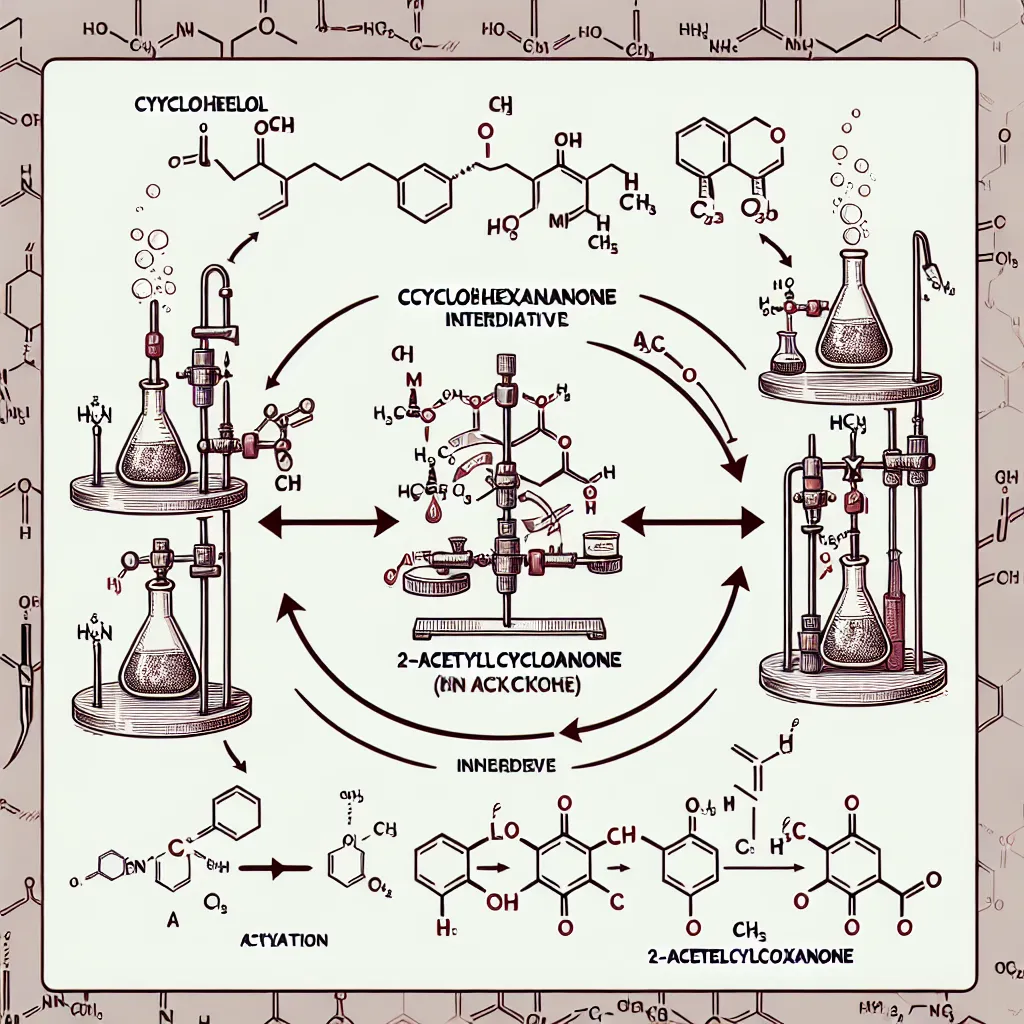Ask AI on The Internet
Question: 1000 WORDS INTRODUCTION ADSORPTION OF ACETIC ACID ON ACTIVATED CHARCOAL .INTEXT REFERENCE
Adsorption refers to the process by which molecules or atoms on the surface of a material (adsorbent) accumulate and form a thin film. This process is essential to numerous applications, most especially in environmental engineering, where it is used to purge impurities and toxins fom a wide range of mediums. One particular study worth making a reference to at this point is one conducted by Teng et al., (1998), who studied the adsorption behaviors of acetic acid, a prime pollutant in various industries including the petroleum, fermentation, and chemical industry, on activated charcoal. Activated charcoal, also known as activated carbon, is an excellent adsorbent due to its extensive surface area, a high porosity, and presence of a varied range of surface functional groups. It acts largely by chemical and physical adsorption, trapping particles and removing harmful substances from the air, water, or within the body, as cited by Mohan et al., (2014). The process of adsorption of acetic acid on activated charcoal, therefore, represents an essential area of study in environmental chemistry and engineering, since acetic acid forms a major waste component in numerous industries. At the heart of efficient adsorption, as indicated by Bandosz, (2006), in their comprehensive exploration of the mechanisms of surfaces of activated carbon, is the likelihood of robust contact between the adsorbate and adsorbent, in this case the acetic acid the activated charcoal respectively. The surface condition of the activated charcoal, the concentration of acetic acid in the solution, and other environmental factors such as temperature and pH, are all critical factors that directly influence the adsorption process (Foo & Hameed, 2010). Traditionally, the adsorption efficiency and capacity of activated charcoal toward acetic acid removal have been investigated using Langmuir and Freundlich adsorption isotherms. It has been found that the adsorption process is dependent on contact time, adsorbate concentration, and temperature, among other factors (Foo & Hameed, 2010). Heating the solution, for instance, can enhance the mobility and kinetic energy of acetic acid molecules, making them collide with activated charcoal more effectively, thereby improving the adsorption efficiency (Wang et al., 2008). The utility of activated charcoal as an adsorbent is not just limited to industrial waste treatment. Its seeming effectiveness and affordability have made it a viable option even in various consumer products such as air purifiers, water treatment systems, and certain health products. Thus, the understanding of acetic acid's adsorption process on activated charcoal is vital, benefiting a wide variety of applications and promoting a safer, cleaner environment. References: 1. Bandosz, T. J. (2006). Activated Carbon Surfaces in Environmental Remediation. Elsevier. 2. Foo, K. Y., & Hameed, B. H. (2010). Insights into the modeling of adsorption isotherm systems. Chemical Engineering Journal, 156(1), 2-10. 3. Mohan, D., Rajput, S., Singh, V. K., Steele, P. H., & Pittman Jr, C. U. (2011). Modeling and evaluation of chromium remediation from water using low-cost bio-char, a green adsorbent. Journal of Hazardous Materials, 188(1-3), 319-333. 4. Teng, H., Yeh, T. S., & Hsu, L. Y. (1998). Preparation of activated carbon from bituminous coal with phosphoric acid activation. Carbon, 36(9), 1387-1395. 5. Wang, L., Zhang, J., Zhao, R., Li, Y., Li, C., & Zhang, C. (2008). Adsorption of Pb (II) on activated carbon prepared from Polygonum orientale Linn.: kinetics, isotherms, pH, and ionic strength studies. Bioresource technology, 99(15), 6707-6714.
A new large language model has been made available since this question was asked.
To generate an updated answer from the new model, click the button below.
Think your answer is better than the AI's? Post it below.
Other Most Relevant Posts:
 Adsorption of Acetic Acid on Activated Charcoal: An Analytical Study of Langmuir and Freundlich Isotherms with R^2 Values and Rate Constants
Adsorption of Acetic Acid on Activated Charcoal: An Analytical Study of Langmuir and Freundlich Isotherms with R^2 Values and Rate Constants
 Exploring the Adsorption of Acetic Acid on Activated Charcoal: Through experimental analysis, a Langmuir isotherm plot yielded an r^2 value of 0.9571 and a k value of 0.091, while a Freundlich isother
Exploring the Adsorption of Acetic Acid on Activated Charcoal: Through experimental analysis, a Langmuir isotherm plot yielded an r^2 value of 0.9571 and a k value of 0.091, while a Freundlich isother
 Exploring the Adsorption of Acetic Acid on Activated Charcoal revealed fascinating insights through experimental analysis. The Langmuir isotherm graph displayed a high correlation with an r^2 value of
Exploring the Adsorption of Acetic Acid on Activated Charcoal revealed fascinating insights through experimental analysis. The Langmuir isotherm graph displayed a high correlation with an r^2 value of
 Ask AI: 1000 WORDS INTRODUCTION TO Preparation of 2-Acetylcyclohexanone from Cyclohexanol .INTEXT REFERENCE
Ask AI: 1000 WORDS INTRODUCTION TO Preparation of 2-Acetylcyclohexanone from Cyclohexanol .INTEXT REFERENCE
If you want your question answered by an AI, click here.



Post your own comment: